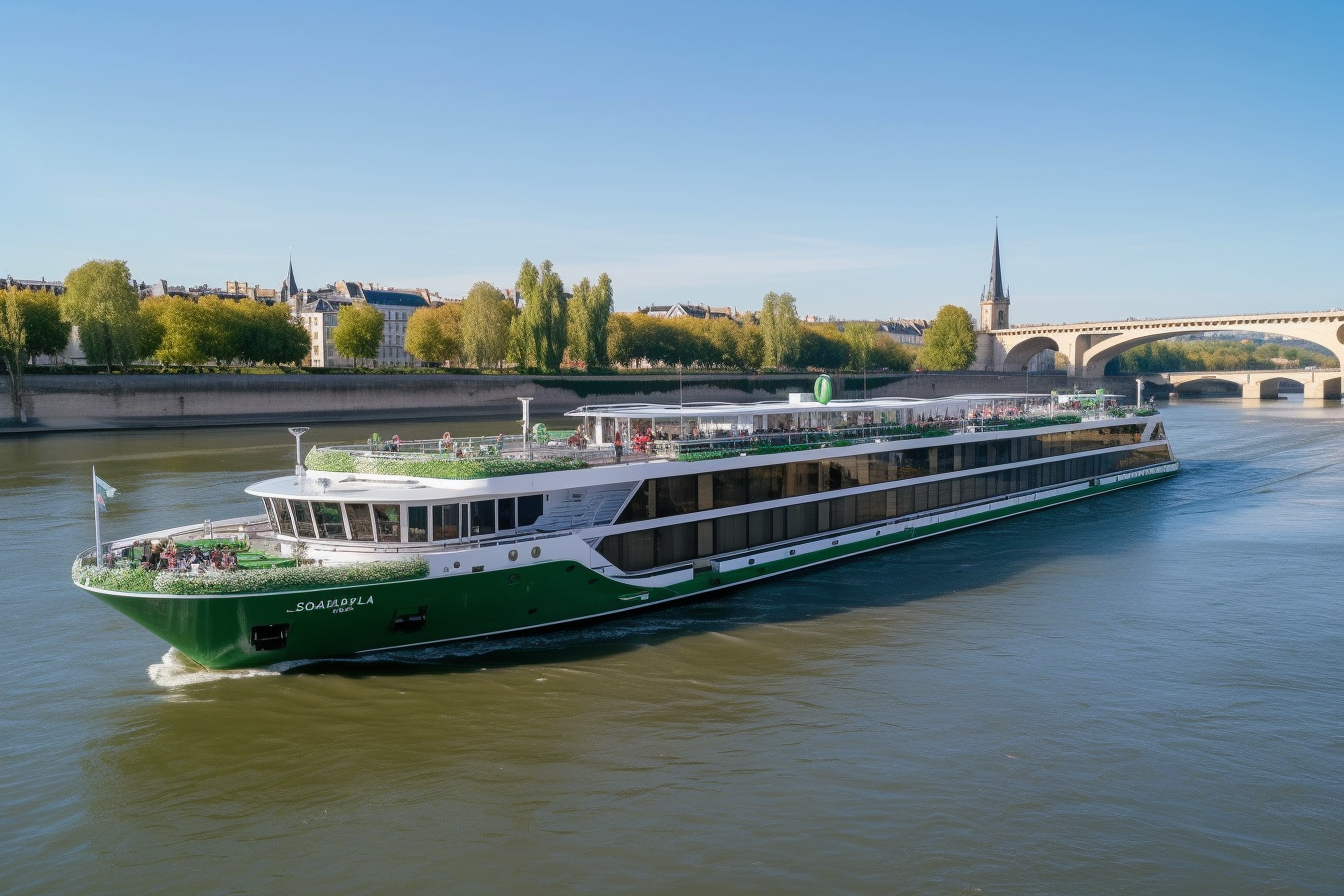Unraveling the Allure of Historic Canal Travel
Embark on a journey through time and tranquility as we explore the resurgence of historic canal travel. This unique mode of transportation, once the lifeblood of commerce, is now captivating a new generation of travelers seeking a slower, more immersive way to experience destinations. From Europe's picturesque waterways to North America's engineering marvels, canal cruising offers a fresh perspective on familiar landscapes and hidden gems alike.

The Industrial Revolution marked a golden age for canal construction, particularly in Europe and North America. The Erie Canal in the United States, completed in 1825, connected the Great Lakes to the Atlantic Ocean, revolutionizing trade and spurring economic growth. In the United Kingdom, the extensive canal network built during the 18th and 19th centuries became the arteries of the industrial heartland, transporting goods and fueling the nation’s economic boom.
The Renaissance of Canal Tourism
While the advent of railways and highways led to a decline in commercial canal use, these waterways have found new life in the tourism industry. The concept of leisure canal cruising gained popularity in the mid-20th century, with regions like France’s Canal du Midi and England’s narrowboat routes becoming sought-after destinations for those seeking a unique travel experience.
Today, canal tourism is experiencing a renaissance, driven by travelers’ desire for slow-paced, authentic experiences. The unhurried nature of canal travel allows visitors to immerse themselves in local culture, savor regional cuisine, and explore charming towns often overlooked by mainstream tourism. This resurgence has led to the restoration of many historic canals and the development of new cruising routes, breathing life into once-forgotten waterways.
Navigating the World’s Most Enchanting Canals
From the sun-drenched waterways of southern France to the mist-shrouded canals of Scotland, each region offers a distinct canal cruising experience. In Europe, the Canal du Midi stands out as a UNESCO World Heritage site, winding through picturesque vineyards and medieval villages in the Languedoc region. The intricate network of Dutch canals provides a unique perspective on the Netherlands’ iconic landscapes, while Italy’s Venetian Lagoon offers an unparalleled blend of history, art, and aquatic charm.
North America boasts its own canal treasures, with the Rideau Canal in Canada offering a scenic route between Ottawa and Kingston. In the United States, the historic Chesapeake and Ohio Canal provides a serene escape along the Potomac River, allowing travelers to explore the rich cultural heritage of the Mid-Atlantic region.
The Art of Slow Travel on Water
Canal cruising epitomizes the concept of slow travel, encouraging passengers to embrace a more relaxed pace and mindful approach to exploration. Unlike traditional cruises, canal boats typically travel at speeds of just a few miles per hour, allowing ample time to absorb the surrounding landscapes and engage with local communities along the way.
This unhurried journey presents opportunities for various activities, from cycling along towpaths and exploring historic locks to indulging in regional wines and cheeses. Many canal boats are equipped with bicycles, enabling passengers to venture into nearby towns and attractions. The intimate nature of canal travel also fosters a sense of camaraderie among fellow travelers, creating a convivial atmosphere that enhances the overall experience.
Sustainable Tourism and Canal Conservation
The revival of canal tourism has played a crucial role in the preservation and restoration of these historic waterways. Many canals that had fallen into disrepair have been given new life, thanks to increased interest from tourists and subsequent investments in infrastructure. This resurgence not only benefits the tourism industry but also contributes to the conservation of important cultural and industrial heritage sites.
Canal travel aligns well with the principles of sustainable tourism. The slow pace and limited passenger capacity of canal boats result in a lower environmental impact compared to other forms of transportation. Additionally, the economic benefits of canal tourism often extend to small, rural communities along the routes, helping to preserve local traditions and support regional economies.
Navigating the Waters: Essential Tips for Canal Cruising
• Choose the right season: Spring and autumn often offer the best balance of pleasant weather and fewer crowds
• Pack light: Storage space on canal boats can be limited, so bring versatile clothing and essentials
• Learn basic boating skills: Familiarize yourself with steering, mooring, and operating locks before embarking on your journey
• Respect local ecosystems: Use eco-friendly products and dispose of waste responsibly to protect the delicate canal environments
• Engage with local culture: Take time to explore canalside villages, markets, and historical sites to enrich your travel experience
As we navigate the ever-changing landscape of travel trends, historic canal cruising stands out as a compelling option for those seeking authentic, immersive experiences. By embracing the gentle rhythm of waterway travel, modern adventurers can rediscover the charm of slow exploration while contributing to the preservation of these remarkable feats of engineering. Whether meandering through European vineyards or traversing North American wilderness, canal travel offers a unique perspective on familiar destinations and hidden treasures alike, inviting us to reconnect with the timeless allure of journeying by water.





